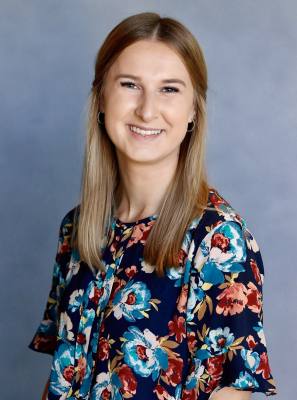Coverage maps presented at an Oct. 20 meeting of the DART board, which featured a hybrid balance of a 75% focus on high-ridership routes and a 25% focus on providing coverage, showed no changes in coverage for Plano or Richardson. Oak Cliff and surrounding areas showed the largest changes in coverage based on this concept.
These planned routes for DARTzoom may change slightly in order to reach the ridership and coverage ratio desired within the range of the hybrid model, which allows for 70%-75% ridership and 25%-30% coverage, according to Rob Smith, DART's assistant vice president of planning and development. Adjustments to reach preferred ratios could include adding the frequency of parallel routes to help boost those with lower frequency, he said.
“There’s more than one way to achieve this end result, so there is some flexibility here,” Smith said.
Despite some requests to see detailed maps at each percentage point within the hybrid option’s range, Todd Plesko, vice president of service planning, encouraged board members to first direct staff as to which range they prefer for the initial concept of the redesign. Determining how much ridership might change at that level of detail is extremely difficult without knowing where high-frequency routes will be located, Smith said.
“We’ll be able to isolate that better once we’ve actually developed a full network [for which] we know the level of service on each individual route, and it is hard right now for us to pinpoint that exactly,” Smith said.
By approving a concept and percentage range, staff can begin designing with the flexibility to adjust as designs are presented to cities and the public, Plesko said. There will be opportunities for the board to adjust the final ratio later in the process, he said.
About 55% of DART’s bus service currently focuses on high-ridership routes, while the rest is used to provide coverage, Richardson Transportation Director Mark Nelson told the board at an earlier meeting.
The hybrid approach would provide roughly 73% of residents with transportation within a half-mile of their homes, and 25%-30% of routes would operate at a frequency of every 20 minutes or better—an increase from the current concept and a middle ground among the five concepts presented to the board, according to Plesko.
A vote on the ridership design concept was delayed to the board’s next meeting, Nov. 10. The board is expected to vote on the initial concept by a simple majority vote, but will also be briefed on the requirements for a supermajority vote during a redesign process at the same meeting, according to Chairman Paul Wageman.
Wageman previously weighed in on the option of a two-thirds vote during the planning process; he said the board must be uniform in its decisions as early in the redesign as possible.
Following a vote for the concept of the redesign, staff will prepare and present a draft for the bus network plan in January, at which time a public hearing would be called following any needed modifications.





